A clear resin table top is one of the most beautiful ways to protect wood and create a stunning finish.
Whether it’s a dining table, bar counter, or live-edge slab, epoxy resin can transform ordinary surfaces into glossy, glass-like pieces that are durable and long-lasting.
But resin is not as simple as pouring and waiting. To achieve a crystal-clear finish, you need to understand the right materials, preparation steps, and finishing techniques.
In this guide, you’ll learn exactly how to make a clear resin table top from start to finish.
Quick Guide 💡:
- Use a sealed surface, a level workbench, and the right epoxy type for coating or deep pours.
- Typical tabletop epoxy pours are 1/8 to 1/4 inch per layer. Use deep pour epoxy for thicker casts and river tables.
- Kill bubbles with a quick pass of a torch or controlled heat. Work slowly and keep the flame moving
- For food-contact surfaces, only use resins that meet 21 CFR 175.300 when fully cured and applied per directions.
- Wear gloves, avoid skin contact, and ventilate your space. Epoxy systems can sensitize skin over time.
What You Need to Make a Clear Resin Table Top

Before you pour any resin, assemble these essentials:
Core Materials
- Food-safe, UV-resistant epoxy resin
- Mixing cups, stirrers/spatulas, and gloves
- Level and measuring tape
- Painter’s tape and plastic sheeting for drips
- Good quality heat gun or torch
- Airless bubble removal machine (for thick or deep projects)
- Sandpaper in grits from 220 up to 3000
- Polishing buffer or microfiber cloth
- Dust tent or cover for curing
Links for Top Supplies:
Shop Related Products
 |
 |
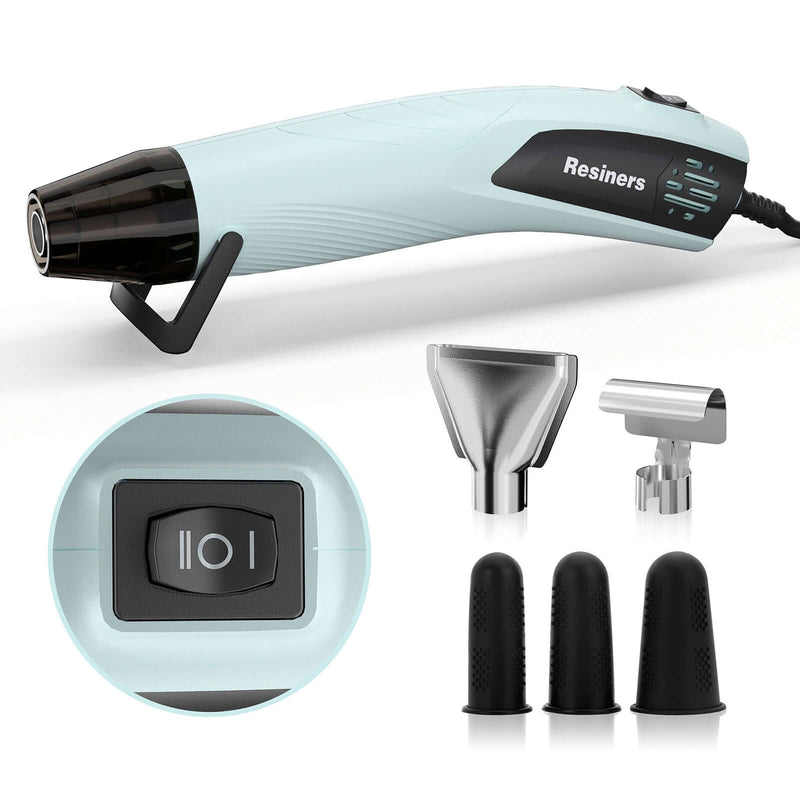 |
Prepping Your Table: Base and Woodwork
A clear table begins with a solid foundation. Start with a clean, dry, and level table base.
- Sand wood smooth, removing splinters and filling cracks.
- Thoroughly clean and degrease the surface.
- Tape table edges and underside to catch drips.
- Seal raw, porous wood edges with a thin epoxy “seal coat.”
- Double-check that your workspace and table are perfectly level.
This prep ensures the resin self-levels for a glassy finish and prevents resin from leaking or soaking in.
How to Mix Resin for a Crystal Clear Table Top
Epoxy resin is a two-part system: resin and hardener. Mix them in the proportion given on your product (usually 1:1 or 2:1 by volume).
Mixing tips:
- Pour both parts into a clean mixing cup.
- Stir gently for 2-4 minutes, scraping sides and bottom.
- For ultra-clear results, transfer to a second cup and stir again.
- Avoid whipping, which creates bubbles.
- Mix only what you can pour in 15-30 minutes.
Pro tip: Warm your resin slightly (by placing bottles in lukewarm water) before mixing to reduce bubbles and improve flow.
Pouring the Resin: Step-by-Step
- Start pouring at one end of the tabletop, moving in a slow zigzag pattern.
- Use a spatula or gloved hand to gently spread the resin across the entire surface.
- Always pour in thin layers (no more than 1/4 inch for most brands).
- Level the surface by lightly dragging your spatula or stick—resin self-levels, so don’t overwork it.
If you must pour several layers for thickness, let each layer cure fully before adding the next. Avoid pouring new resin on only a "half-cured" surface, which can cause cloudy streaks or texture.
Removing Bubbles & Getting a Glassy Finish
- Immediately after pouring, pass a heat gun or propane torch quickly over the resin’s surface to pop bubbles.
- Hold the tool 6 to 8 inches away and avoid staying in one spot.
- Repeat this a few times in the first 10-20 minutes as new bubbles rise.
- For deeper pours, use an airless bubble removal machine for bubble-free results in thick resin tables.
Have a light source handy to check for missed bubbles, or use tweezers for any dust or floating debris.
Curing: Keep It Clean and Safe
- Cover the table with a dust tent, box, or inverted container.
- Allow the resin to cure for 24–72 hours (check your epoxy label).
- Avoid touching or placing items on the table while curing.
- Wait for a scratch test on an edge before using heavy objects.
Some resins cure faster, but a full hard, food-safe finish can take up to a week—especially for thicker projects.
Sanding and Polishing for a Crystal-Clear Shine
Once fully cured:
- Remove tape from edges, then sand drips and runs smooth.
- Progress through finer grits: start with 220 or 400, go up to 1500 or higher.
- Wet sanding improves clarity and reduces scratches.
- Buff with resin-safe polish and a microfiber cloth to bring out the shine.
- For a mirror finish, professional polishers or pads give the best results.
Attaching Table Legs and Hardware
Install legs or a base only after the top is completely cured, sanded, and polished.
- Flip the top onto a padded surface to avoid scratches.
- Use strong epoxy-safe screws and pre-drill if needed.
- Re-level your table after attaching hardware.
- Clean up the underside edges for a finished look.
Troubleshooting Clear Resin Table Top Problems

Common Issues and Solutions:
- Cloudy or milky resin: Caused by improper mixing. Sand back softly and pour a fresh clear layer.
- Bubbles stuck in resin: Usually from pouring too thick or not popping with a heat gun. Fix with an airless bubble remover or by sanding and re-coating.
- Sticky or soft spots: Result from incomplete mixing. Scrape away, sand, and patch with a new pour.
- Sagging or uneven spots: Check for a perfectly level table and spread resin more evenly next time.
- Surface scratches: Lightly buff and polish with a fine grit or resin polish kit.
Creative Clear Resin Table Top Ideas
- Embed items like dried flowers, shells, bottle caps, or photos.
- Mix colored resin for “river tables” or creative edge pours.
- Try glow-in-the-dark or metallic resin powders for a modern twist.
- Make a statement coffee table with patterned wood under the resin.
Safety Tips for Resin Table Projects
- Always wear gloves and eye protection.
- Work with proper ventilation and use an air purifier for chemical fumes.
- Dispose of leftover epoxy and cups responsibly (never rinse down a drain).
- Use only food-safe and UV-resistant resin for dining or kitchen tables.
Conclusion
Making a clear resin table top is a challenging but rewarding home project that turns simple surfaces into showpieces. With the proper resin, careful prep, and patience for layers and curing, your table can become the highlight of your décor.
Always use food-safe, high-clarity materials, take your time with each step, and finish with a polish for a flawless look.
FAQs: How to Make a Clear Resin Table Top
Can I use any epoxy for a table top?
No. Only use epoxies made for tabletops or deep pours. Regular craft resin is thinner, may crack, and can discolor over time. Choose a formula that is labeled for furniture use to get a durable, glassy finish.
How thick can I pour epoxy at once?
Most tabletop epoxies should be poured in thin layers of 1/8 to 1/4 inch. If you need a thicker pour, use a deep-pour epoxy that can handle 1 to 2 inches per layer. Pouring too thick at once can trap bubbles and cause overheating. Always follow the brand’s instructions for best results.
How do I stop bubbles from forming?
Seal the wood surface first, then mix the epoxy slowly to avoid introducing air. After pouring, use a torch or a heat gun to remove surface bubbles. For small projects, tools like the Resiners Mini Heat Gun work well. Keeping the workspace warm also helps reduce trapped air.
Can resin table tops handle hot pans?
No. Epoxy resin can soften and mark under high heat. Placing hot pans or dishes directly on the surface may leave rings or damage. Always use trivets or heat-resistant pads to protect your resin table.
How do I fix scratches on a resin table?
Light scratches can be smoothed out by sanding with fine-grit sandpaper. After sanding, polish the surface with a plastic polish or rubbing compound. For deeper scratches, you may need to recoat with a thin layer of epoxy. Regular care keeps the surface clear and glossy.
Is resin food-safe?
Epoxy is only food-safe if the product is labeled that way and has fully cured. Incomplete curing can leave chemicals that are unsafe for contact with food. Always check the manufacturer’s details and give the resin enough time to cure fully.
How do I keep my resin table from yellowing?
Choose a UV-resistant epoxy to slow down yellowing over time. Keep the table out of direct sunlight whenever possible, since UV rays are the main cause of discoloration. Using coasters and tablecloths also helps protect the finish. Regular cleaning with gentle products keeps the surface looking fresh.

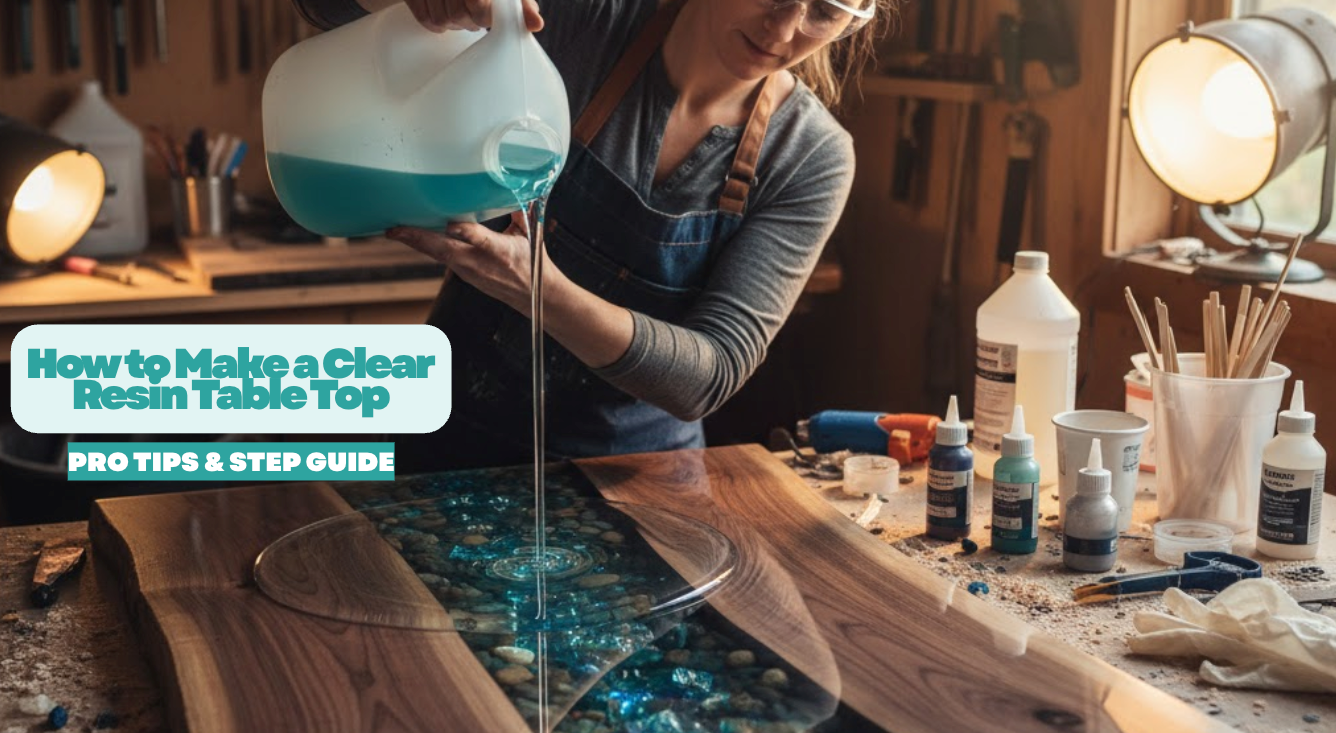
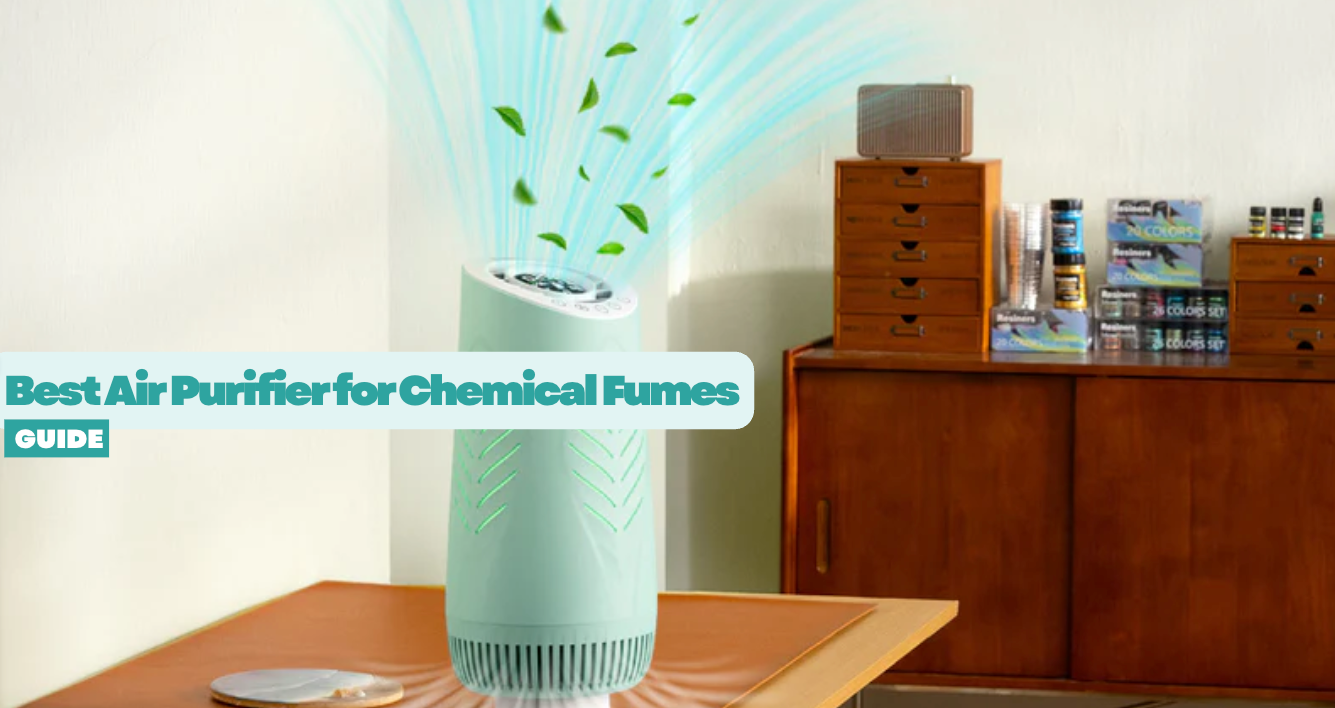
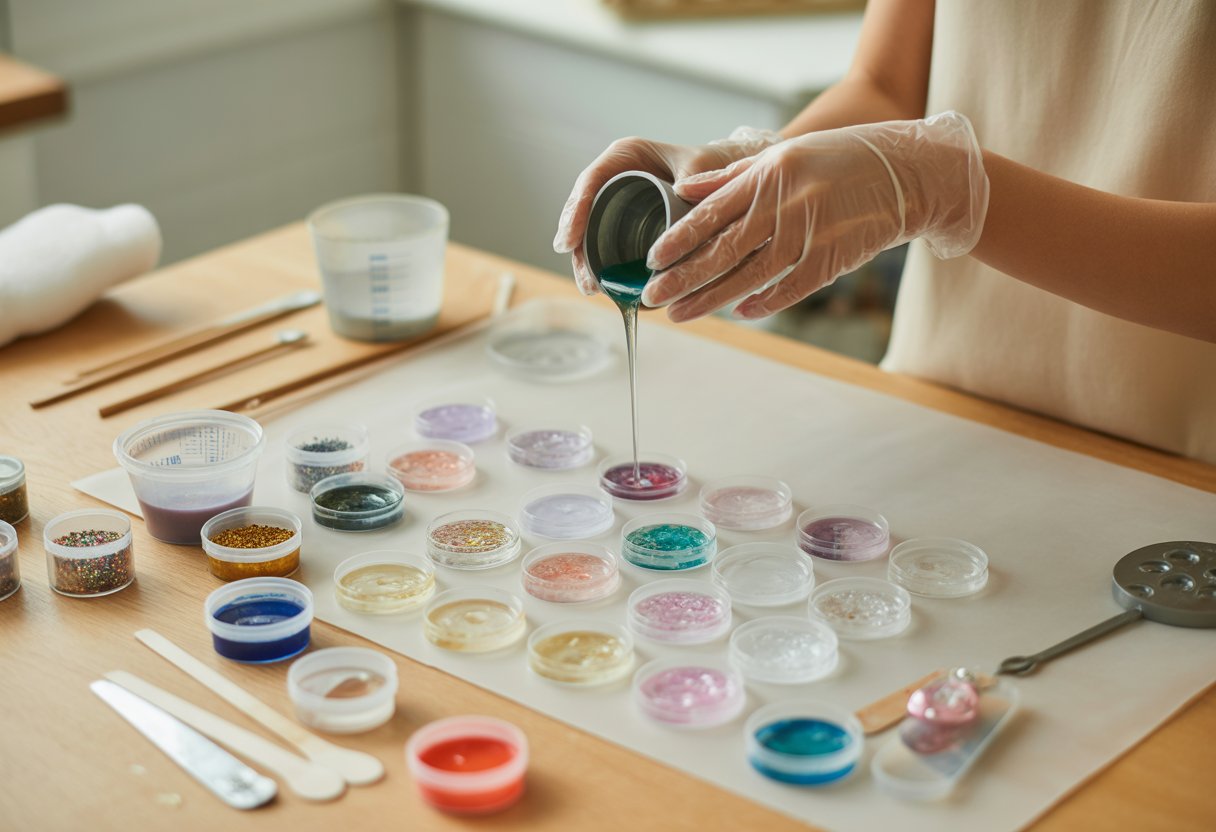

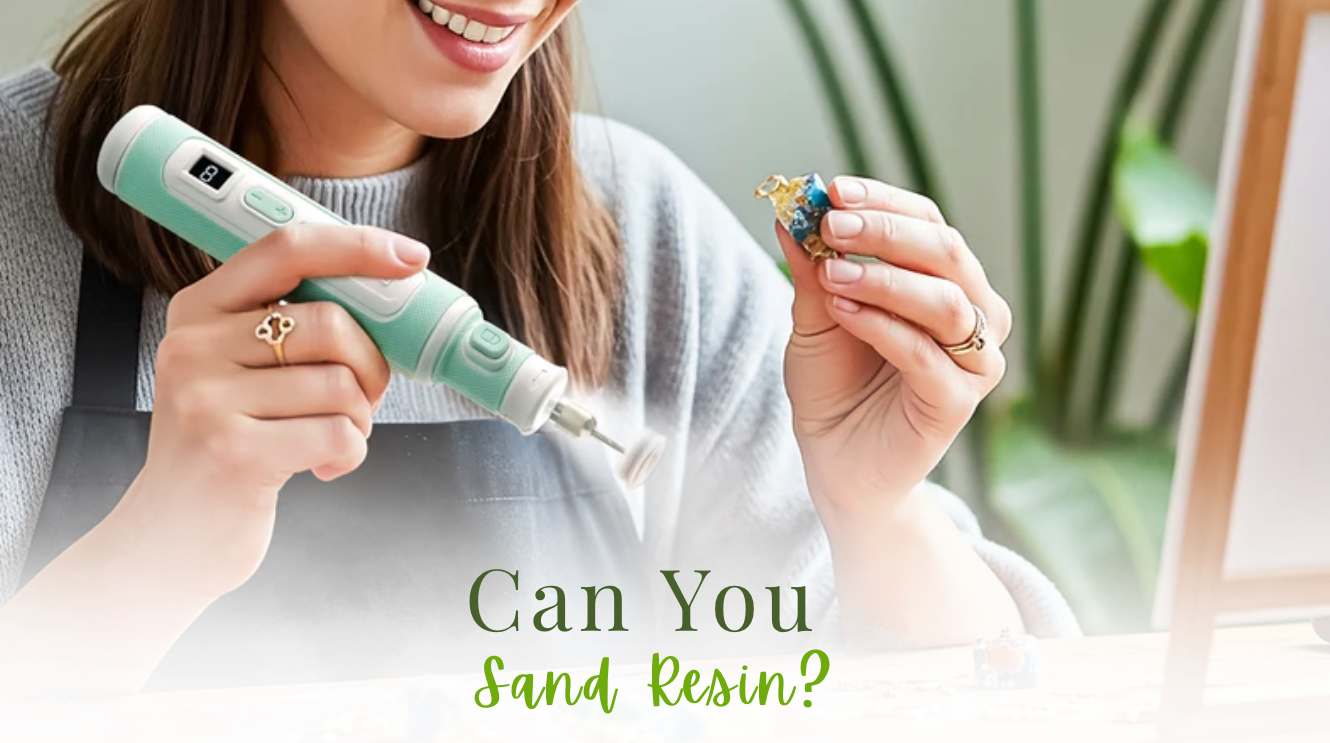
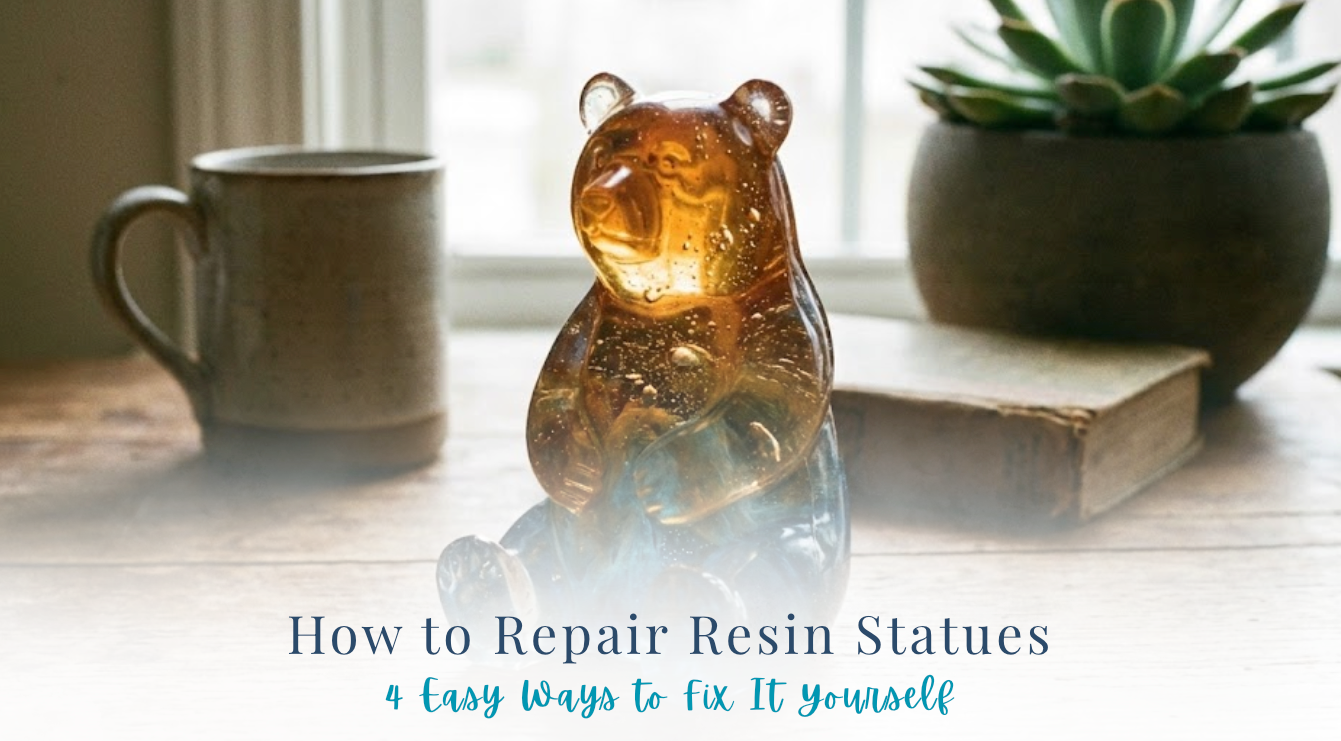

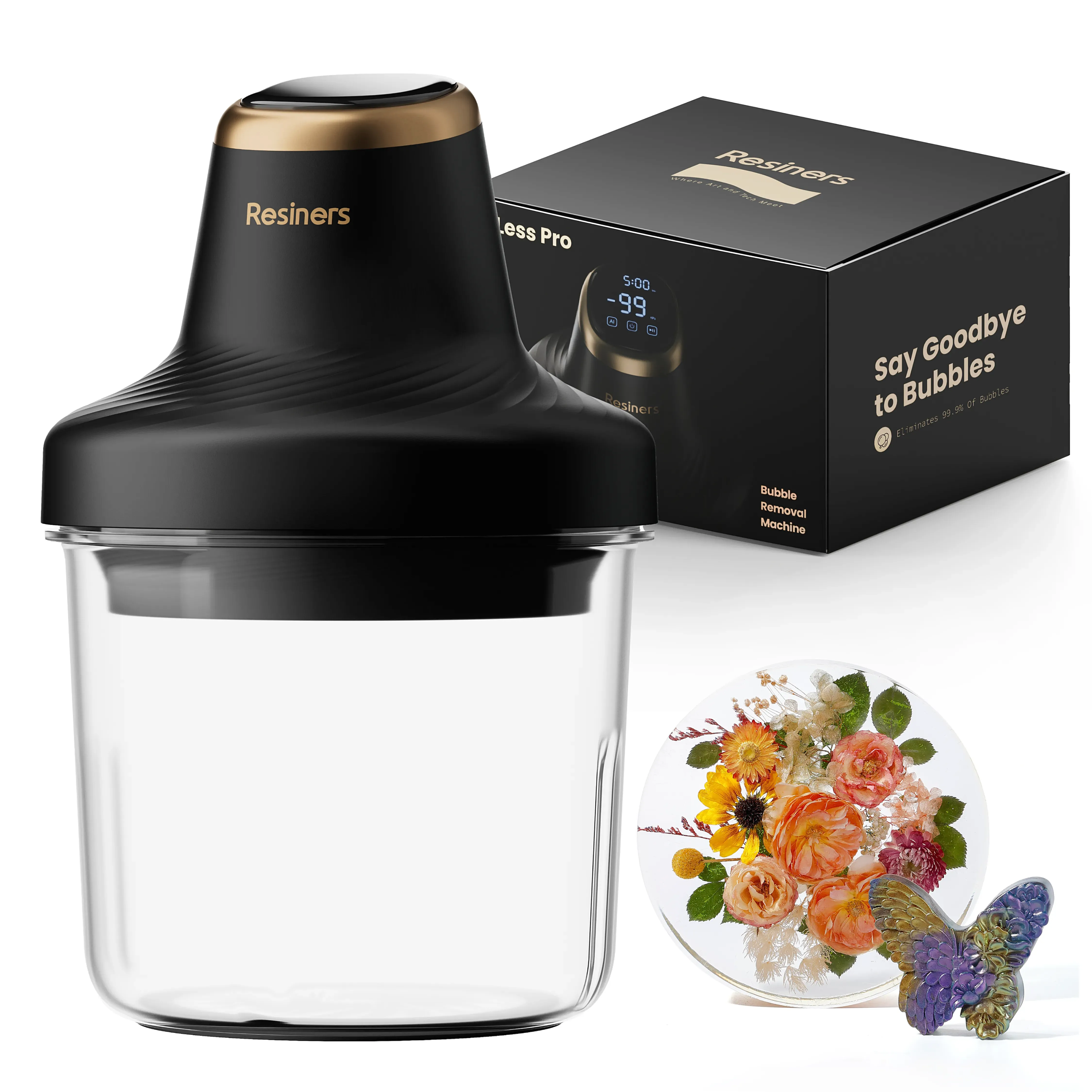


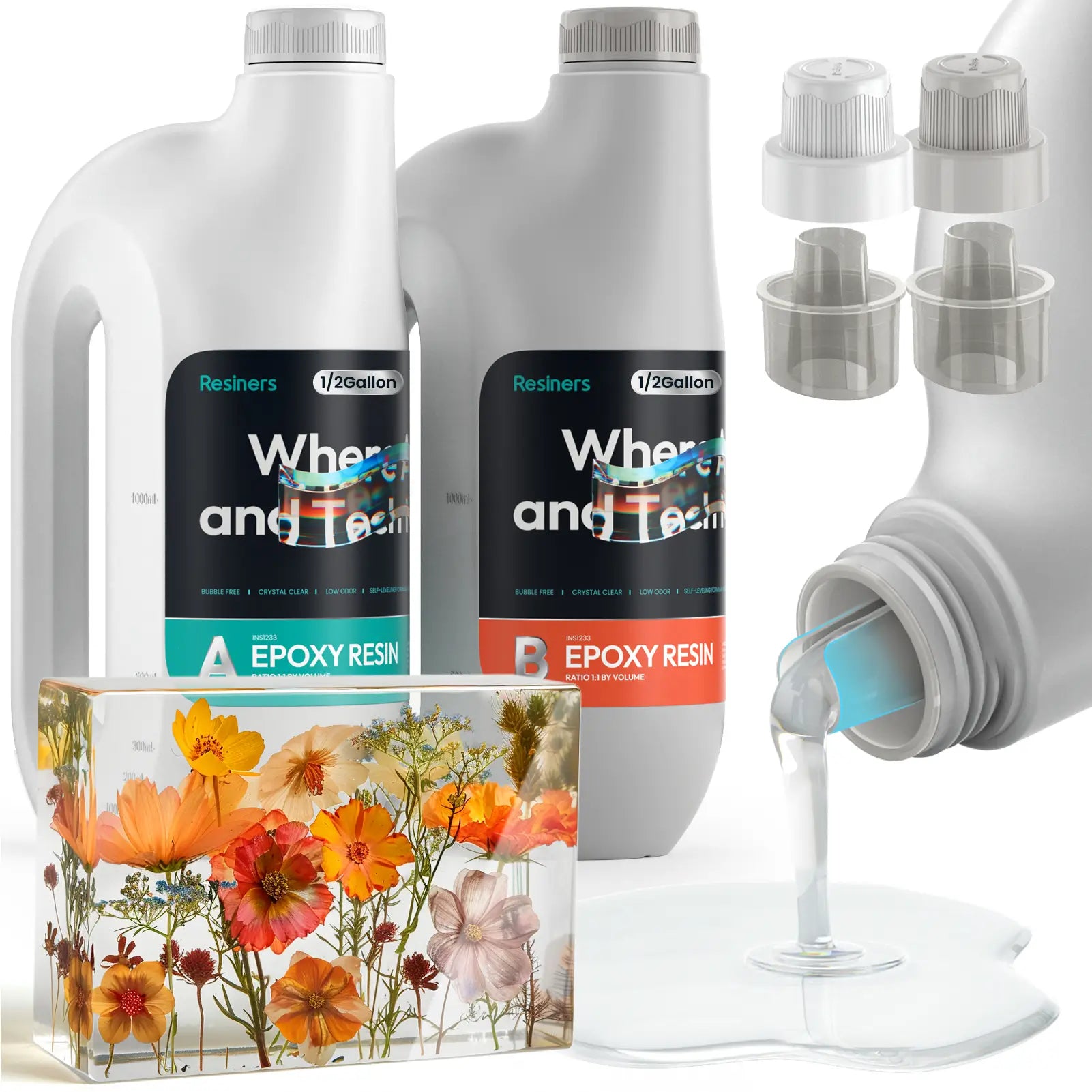
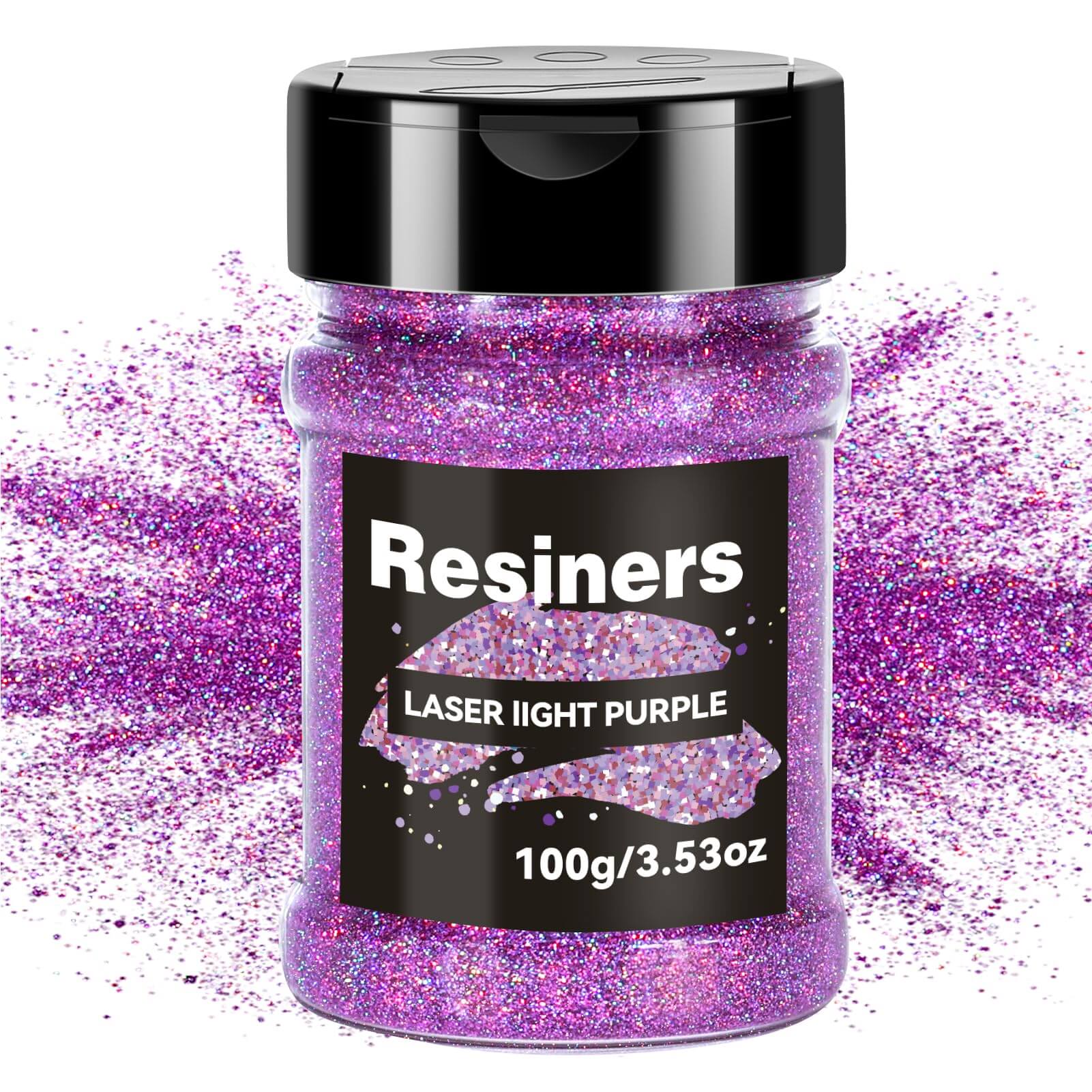
コメントを書く
このサイトはhCaptchaによって保護されており、hCaptchaプライバシーポリシーおよび利用規約が適用されます。